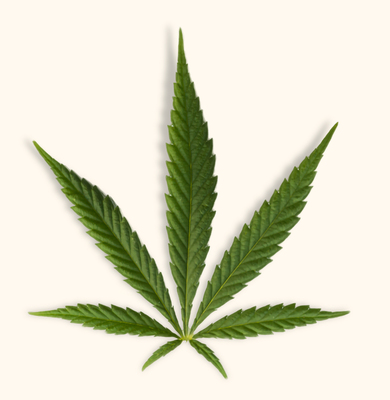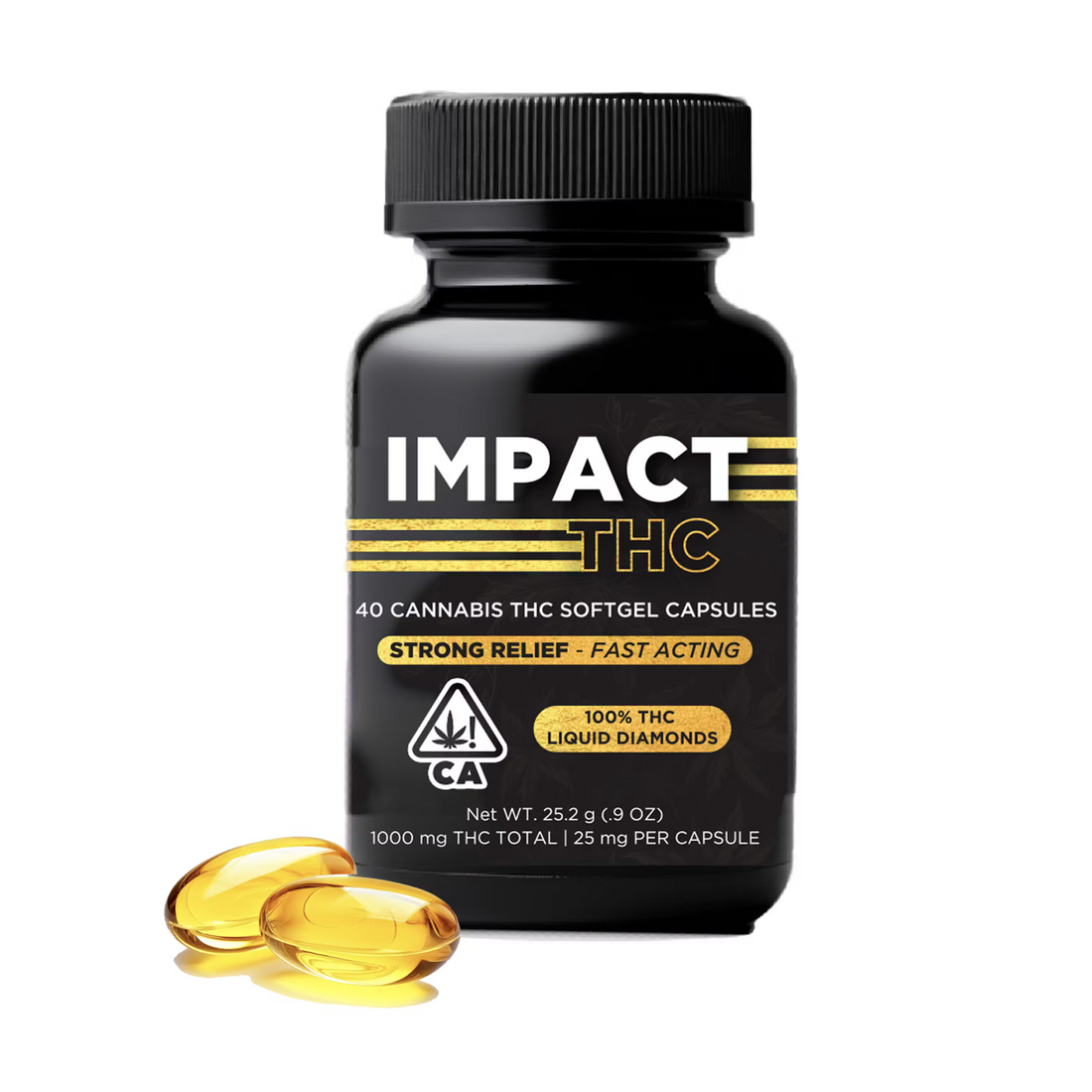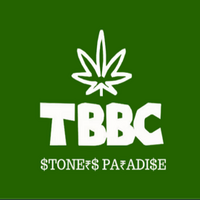
The popularity of CBD products has skyrocketed in recent years, with consumers seeking the potential benefits of this non-psychoactive compound derived from the cannabis plant. From pain relief to anxiety reduction, CBD has found its way into various forms, including oil, creams, and gummies. If you're interested in producing your own CBD products, this step-by-step guide will walk you through the process.
**What is CBD?**
CBD, or cannabidiol, is a chemical compound found in the cannabis plant. Unlike THC, another prominent cannabinoid, CBD does not produce a "high." Instead, it's associated with a range of potential health benefits, making it a popular choice for wellness products.
**Legal Considerations**
Before diving into CBD product production, it's crucial to understand the legal landscape in your area. CBD's legality can vary significantly from one region to another. Generally, CBD derived from hemp (with less than 0.3% THC) is legal in many places, while CBD from marijuana is subject to more restrictive regulations. Make sure you comply with local laws and regulations.
**Producing CBD Oil**
1. **Source High-Quality Hemp**: Start with premium hemp plants. The quality of your source material significantly affects the final product. Look for strains that are high in CBD and grown organically to minimize potential contaminants.
2. **Extraction**: There are several methods for extracting CBD from hemp, including CO2 extraction, ethanol extraction, and oil infusion. CO2 extraction is one of the cleanest and most efficient methods, but it requires specialized equipment. Ethanol extraction is more accessible for DIY enthusiasts.
3. **Decarboxylation**: Heat the extracted CBD to activate it. This process, called decarboxylation, converts the CBD-A (the acidic form) into active CBD.
4. **Dilution**: CBD in its pure form can be highly potent. Dilute it with a carrier oil like MCT oil or hemp seed oil to achieve the desired concentration. This also makes it easier to dose.
5. **Testing**: It's crucial to test your CBD oil for potency and purity. Consider sending a sample to a third-party lab for unbiased results.
**Creating CBD Cream**
1. **Gather Ingredients**: Besides CBD oil, you'll need ingredients like beeswax, carrier oil (e.g., coconut or almond oil), and essential oils for fragrance (optional).
2. **Measure Ingredients**: Follow a recipe that specifies the amount of each ingredient to create the desired consistency and potency.
3. **Combine and Heat**: Combine the carrier oil, beeswax, and CBD oil in a double boiler. Heat the mixture gently until the beeswax melts and everything is well mixed.
4. **Add Essential Oils**: If you're using essential oils for fragrance, add them to the mixture while it's still warm.
5. **Cool and Store**: Let the mixture cool, and then transfer it to containers. Store your CBD cream in a cool, dark place.
**Producing CBD Gummies**
1. **Gather Ingredients**: You'll need CBD oil, gelatin or pectin, fruit juice, and sweetener (e.g., honey or sugar).
2. **Mix Ingredients**: In a saucepan, mix the fruit juice, sweetener, and gelatin or pectin over low heat until well combined.
3. **Add CBD Oil**: Once off the heat, add your CBD oil and mix thoroughly. Be precise with dosing to ensure consistent gummy potency.
4. **Mold and Set**: Pour the mixture into silicone moulds, let it cool, and set it in the refrigerator for a few hours.
5. **Store**: Once set, remove the gummies from the moulds and store them in an airtight container.
**Conclusion**
Producing your own CBD oil, cream, and gummies can be a rewarding endeavour, but it requires careful attention to detail and adherence to quality standards. Remember to source high-quality hemp, follow legal guidelines, and consider testing your products for potency and purity. Whether you're making CBD products for personal use or for sale, prioritize safety, consistency, and transparency to provide the best possible products to your customers or yourself.











